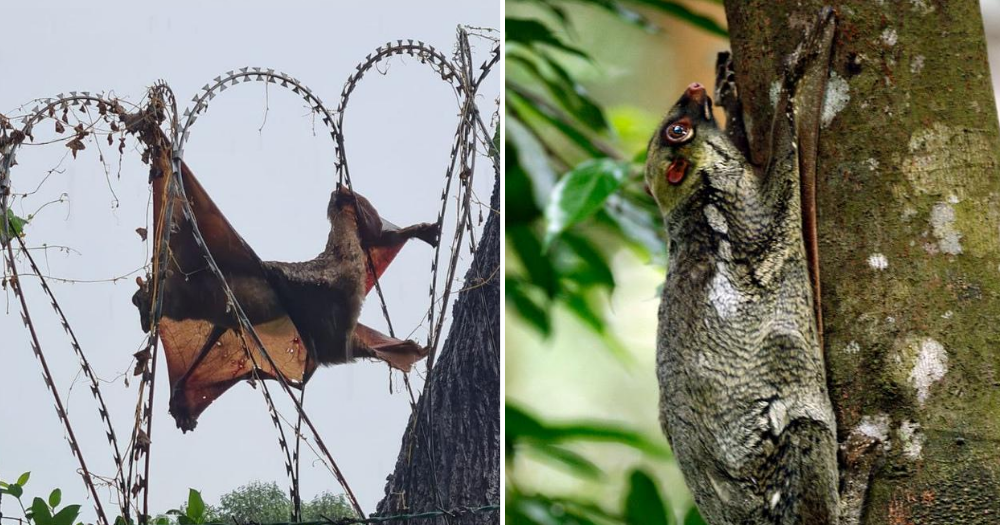Local wildlife rescue non-profit Acres undertook a delicate rescue operation recently, involving one of Singapore's native animals.
The Sunda colugo is commonly found in our forests, but rarely sighted by members of the public.
Had likely crashed into barbed wire while gliding
Acres deputy chief executive officer Kalai Vanan told Mothership that they first received a call from a member of the public on the morning of Aug. 14.
Tangled up in barbed wire on the top of a fence near Swiss Club Rd, rescue officers found a colugo, also known as a flying lemur.
Such wires are typically designed to trap and entangle objects and deter trespassing.
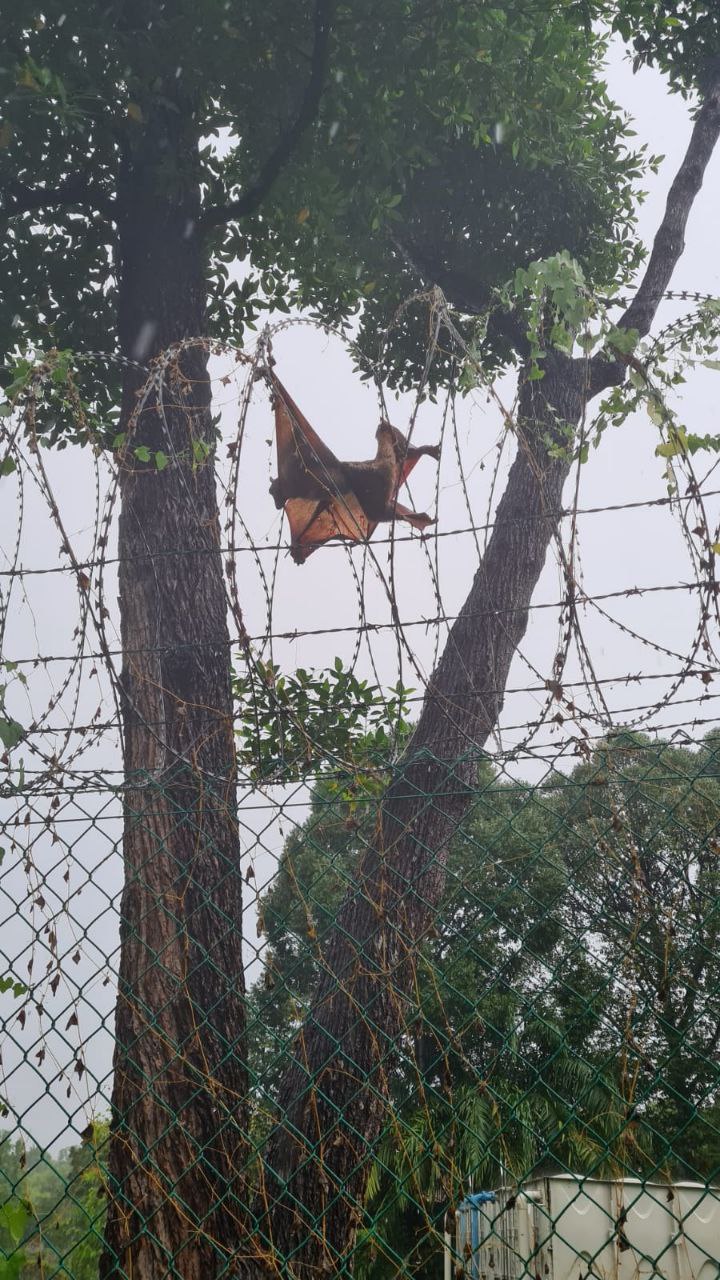 Photo from Acres
Photo from Acres
Colugos are arboreal (tree-dwelling) creatures that move from tree to tree by gliding. They can travel as far as 70m in the air without losing much altitude.
These critters, which are native to Southeast Asia, can usually be found clinging to tree trunks when not in the air.
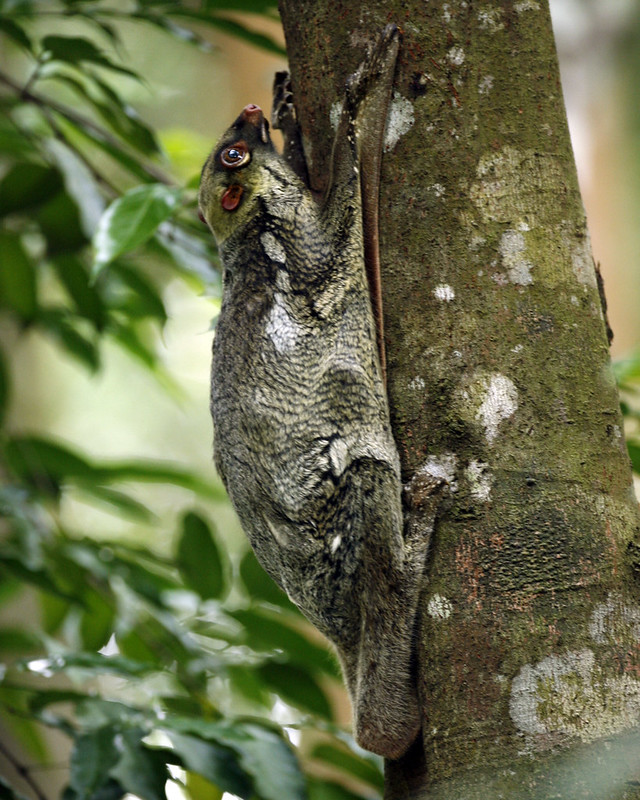 Photo from Lip Kee / Flickr
Photo from Lip Kee / Flickr
Stretching between their arms, legs and tail is a thin membrane called a patagium which helps them 'fly'.
Kalai speculated that the colugo might have been gliding between trees when it crashed into the barbed wire, or it might have fallen from a nearby tree.
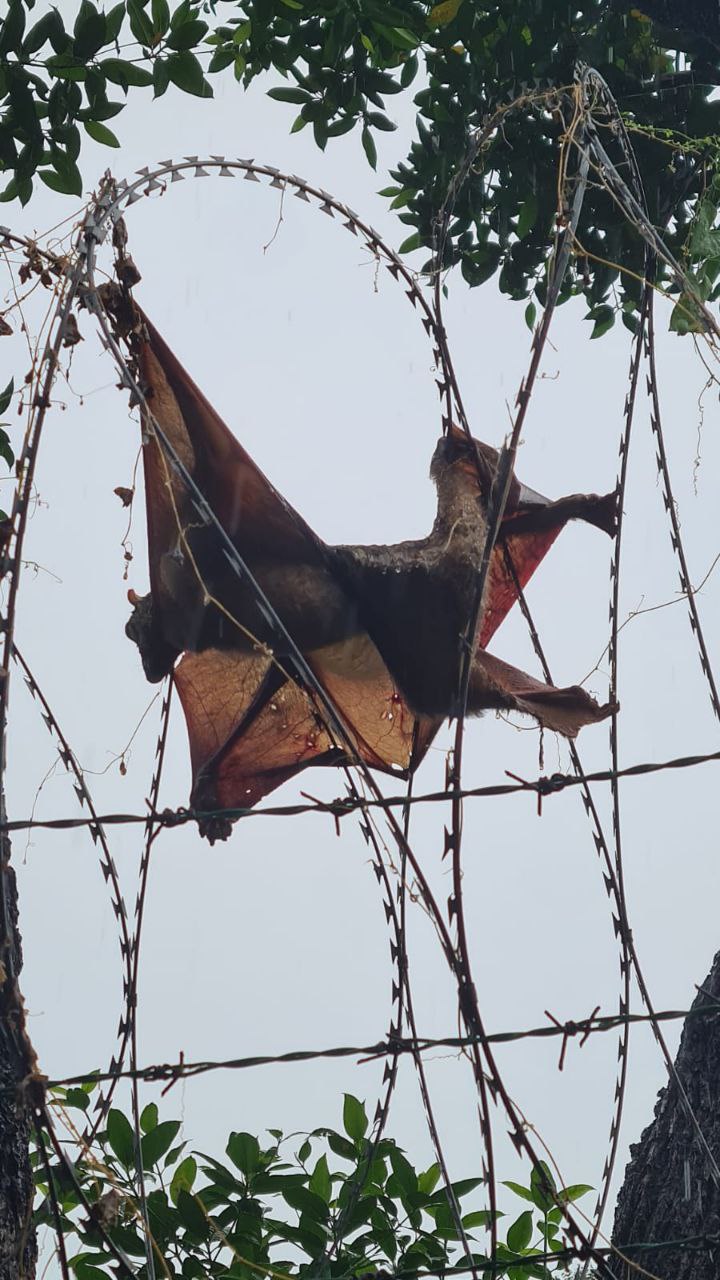 Photo from Acres
Photo from Acres
Suffered lacerations and tears
Kalai said that rescue officers initially believed the colugo to be dead, but soon realised that it was "barely alive".
"During the rescue process the animal still mustered energy to lick its wounds. This is when we knew, we HAD to rescue him even though, he had very little chances of surviving. We could not let him die there."
Thus began the arduous process of extracting the critter from the barbed wire. The rain on that day did not make the operation any easier.
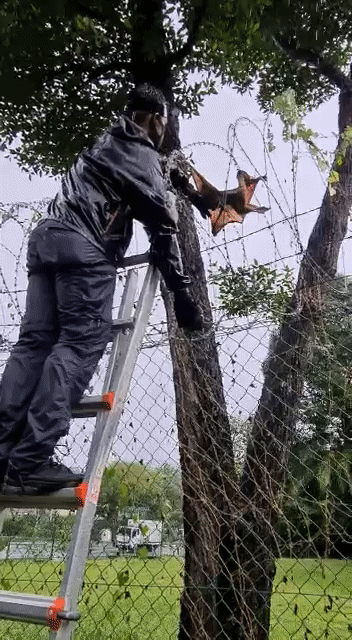 Gif from Acres
Gif from Acres
Additionally, rescue officers had to be particularly cautious to ensure they would not get tangled or cut by the barbed wire themselves.
The rescue operation was ultimately successful. However, the colugo was badly injured, with multiple lacerations and tears on its patagium.
It had also suffered from some puncture wounds from the razor sharp barbed wire.
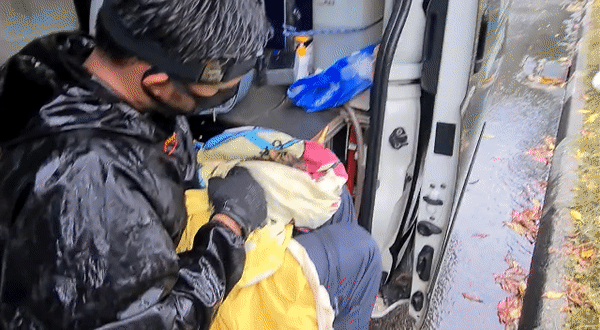 Gif from Acres
Gif from Acres
Such "fragile" animals like the colugo, with its thin patagium, are likely to suffer more injuries when caught in such situations, Kalai said.
The creature was eventually sent to Wildlife Reserves Singapore for treatment.
Hopefully, it manages to recover well enough to be released back into the wild.
Top photo from Acres and Lip Kee / Flickr
If you like what you read, follow us on Facebook, Instagram, Twitter and Telegram to get the latest updates.
